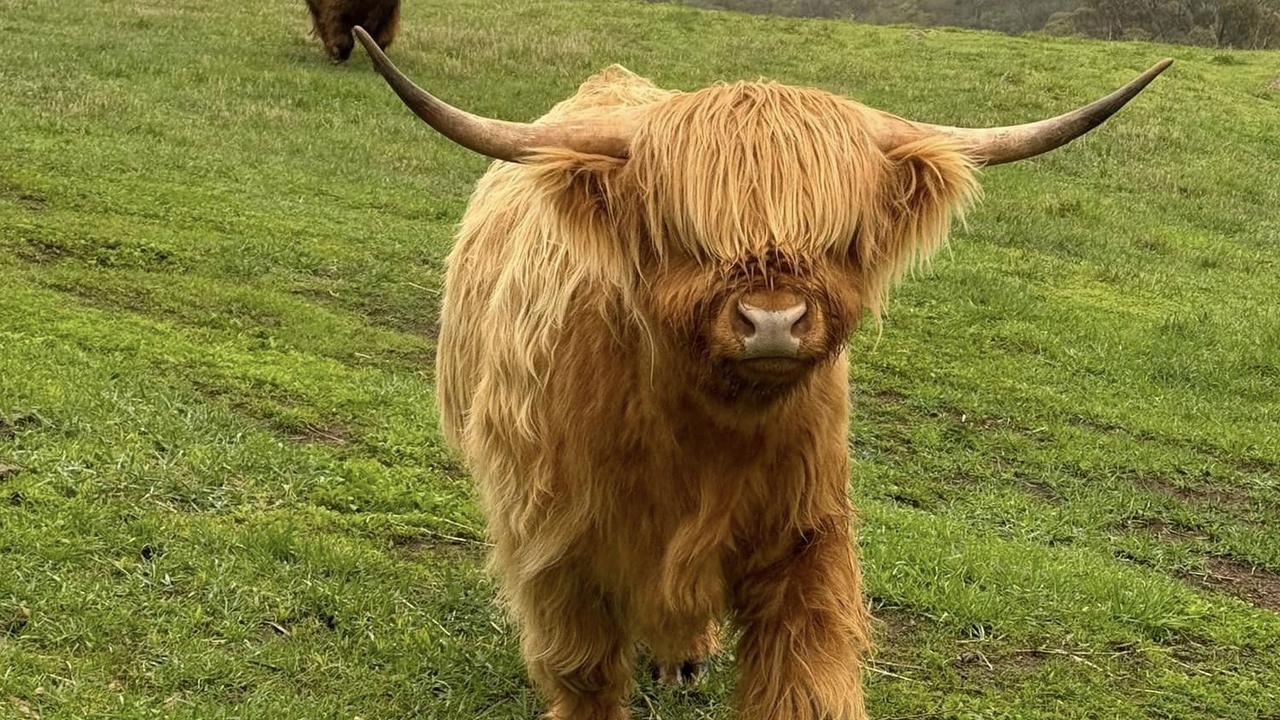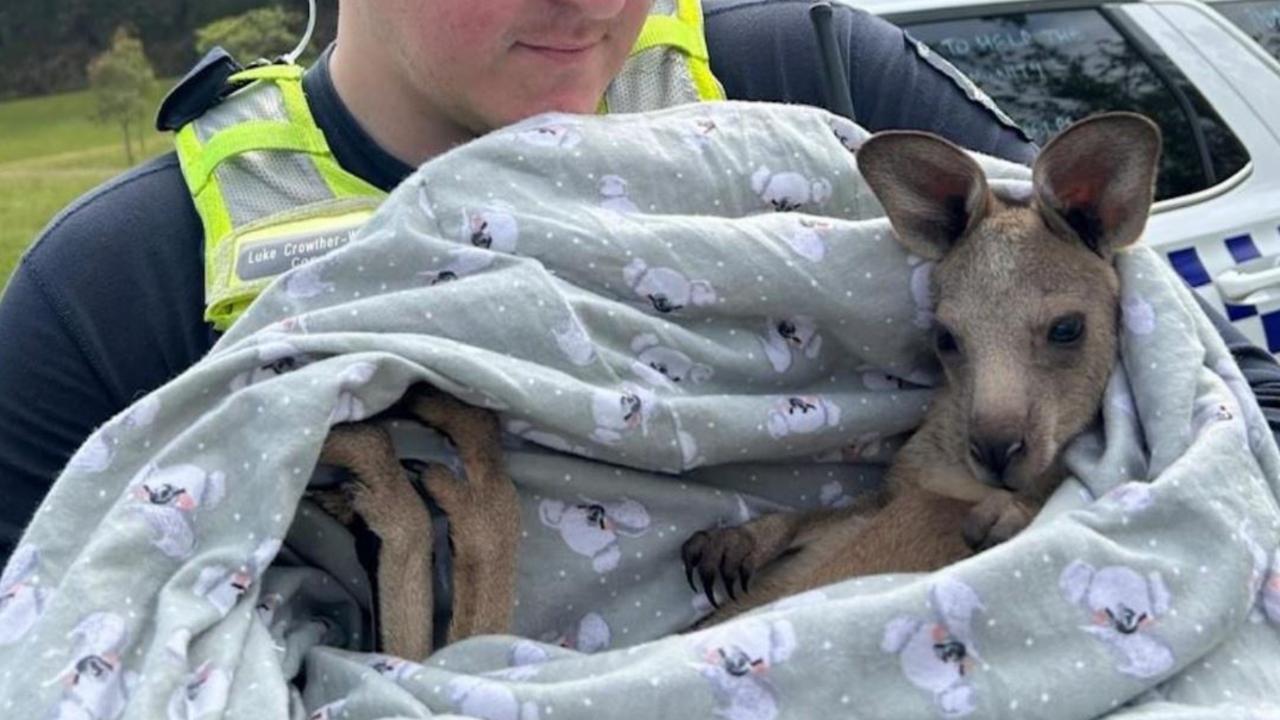Fossil of largest known platypus found in Australia
A MASSIVE platypus which crushed turtles in its bill has been discovered by fossil experts in a breakthrough for evolution research.

THE belief that platypuses became smaller over time has been turned on its head with the discovery of a fossil of the largest known platypus in Australia.
Measuring a metre long, the extinct species is twice the size of the modern platypus.
And unlike modern platypus which essentially lack teeth - they bear horny pads in the mouth - the new species has well developed teeth as an adult.
Dr Michael Archer of the University of New South Wales said before the discovery, these fossils suggested that platypuses became smaller and reduced the size of their teeth through time.
"Discovery of this new species was a shock to us because prior to this, the fossil record suggested that the evolutionary tree of platypuses was relatively linear one," he said.
"Now we realise that there were unanticipated side branches on this tree, some of which became gigantic."
The new species however does has something in common with other platypuses - it was probably a mostly aquatic mammal.
"(It) would have lived in and around the freshwater pools in the forests that covered the Riversleigh area millions of years ago," Dr Suzanne Hand of the University of New South Wales said.
The bumps and ridges on its teeth also provide clues about what it likely ate.
"Obdurodon tharalkooschild was a very large platypus with well-developed teeth, and we think it probably fed not only on crayfish and other freshwater crustaceans, but also on small vertebrates including the lungfish, frogs, and small turtles that are preserved with it in the Two Tree Site fossil deposit."
The new Obdurodon tharalkooschild species, Greek for "lasting (obdurate) tooth", was coined to distinguish the extinct toothed platypuses from the toothless modern species.
The oldest platypus fossils come from 61 million-year-old rocks in southern South America.
Younger platypus fossils are known from Australia's Simpson Desert.
Meanwhile, two fossilised footprints found at Dinosaur Cove in Victoria, were likely made by birds during the Early Cretaceous, making them the oldest known bird tracks in Australia.
"These tracks are evidence that we had sizeable, flying birds living alongside other kinds of dinosaurs on these polar, river floodplains, about 105 million years ago," Anthony Martin, a palaeontologist at Emory University in Atlanta, said.
The thin-toed tracks in fluvial sandstone were likely made by two individual birds that were about the size of a great egret or a small heron, Martin says.
A long drag mark on one of the two bird tracks particularly interested Martin.
"I immediately knew what it was - a flight landing track - because I've seen many similar tracks made by egrets and herons on the sandy beaches of Georgia," Martin says.
###



